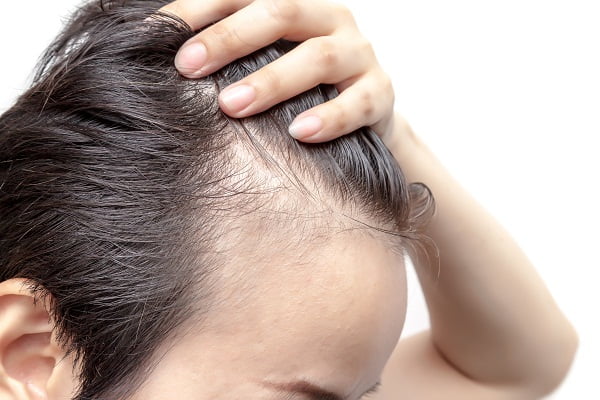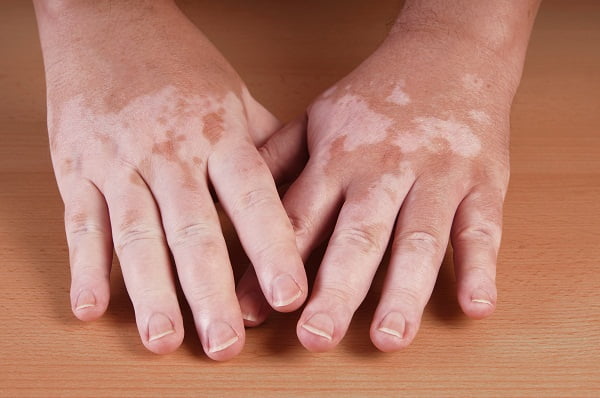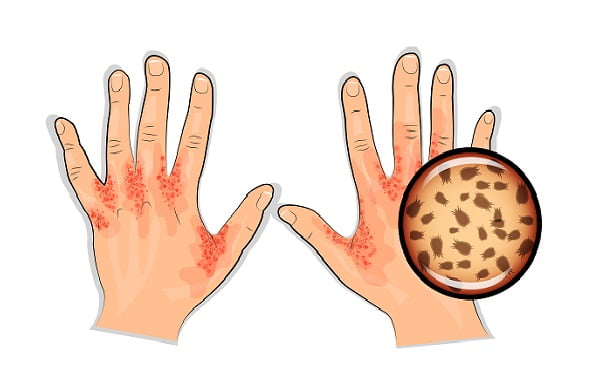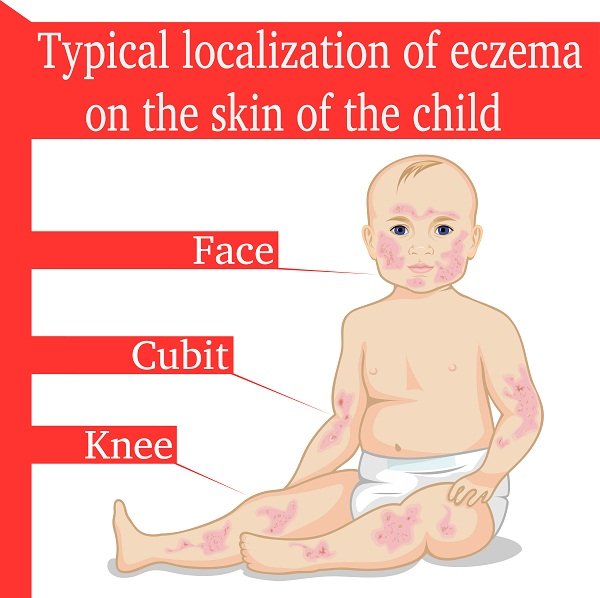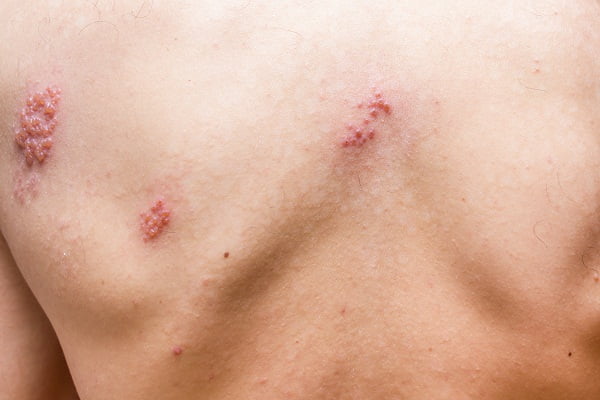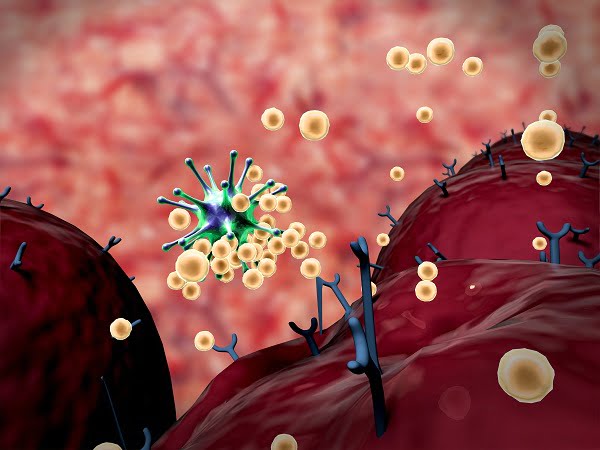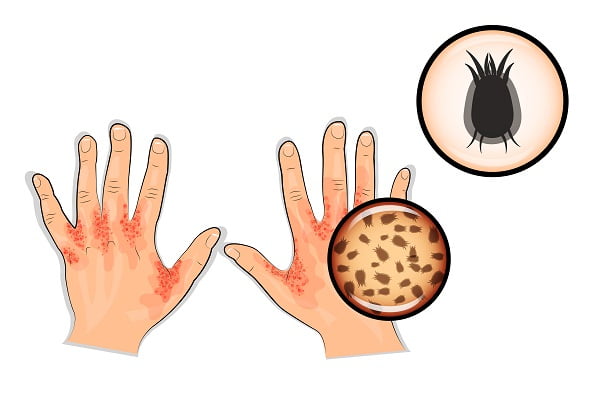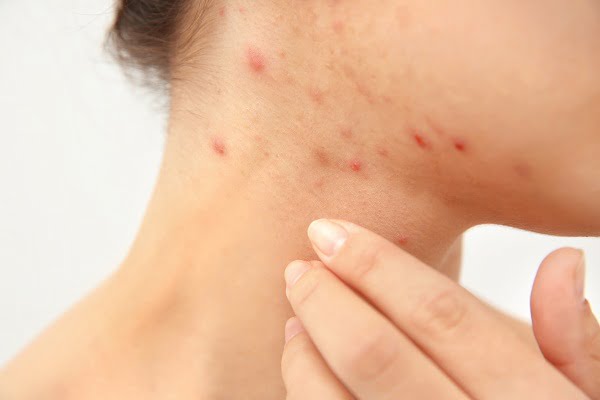Browsing: Hair and Skin

The page provides quick access to a list of common hair and skin diseases, syndromes, health conditions, and other topics of health importance about your skin and hair. The list is organized alphabetically. Links are provided to respective diseases sections that serve as a comprehensive and ultimate guide about the disease or health condition.
Skin and hair are the outer most protective layer of our body. It protects our body from foreign particles and infections and contains various glands. The skin has the ability to renew itself in every 28 days. The changes which appear on the skin may sometimes indicate overall health of an individual.
Skin and Hair diseases come under the category of dermatology, which is defined as the branch of medicine which deals with diseases related to hair, skin and nails. Skin and hair diseases are treated by a dermatologist, which includes both medical and surgical treatment options.
Presently, skin and hair diseases have shown a widespread occurrence. According to the American Academy of Dermatology, 84.5 million Americans have been affected with skin and hair diseases. These diseases can affect people of any age group, but high incidences are observed in people above the age of 65.
Some common skin disease includes dermatosis, non-melanoma cancer, eczema, melanoma and shingles. Some prevalent hair diseases include androgenetic alopecia, cosmetic hair damage, discoid lupus erythematosus, lichen planopilaris and dandruff.
Overview of Psoriasis and Its Types
Psoriasis is a chronic, inflammatory skin problem. It can be initiated by certain environmental triggers or due to a genetic predisposition for psoriasis. The disease produces plaques of thickened and scaling skin mostly on elbows, knees, and scalp. It is considered an incurable, chronic inflammatory skin condition.
Is Dandruff Hereditary or Hormonal?
Malassezia is a yeast-like fungus that is found on the scalps of many individuals. When this fungus multiplies in an uncontrollable manner, dandruff happens. This fungus irritates the scalp which makes the skin cells to die. These dead cells then flake off the scalp, causing itching on the head.
Vitiligo is a problem in which patches of skin lose their colour. It causes the loss of the natural colour of skin. This is called de-pigmentation. The loss of pigments can occur anywhere on your body. These patches are usually common in areas where the skin is exposed to sun such as hands, feet, arms, face, and lips.
What Is Crusted Scabies (Norwegian Scabies): Symptoms, Medicines, Treatment
Crusted scabies is a destructive form of scabies that can occur in some people who are immune-suppressed (have a weak immune system), or physically challenged. It is also called Norwegian scabies. Persons with crusted scabies have thick and hard crusts of skin that contain large number of scabies mites.
In almost all cases if you have eczema, your skin will itch before rashes develop. Patches of thickened dry skin will appear on your face, legs, hands, and neck. They can appear on any other part of the body too such as within creases of knees and elbows.
The signs and symptoms of shingles mostly affect only a small portion of one side of your body. These signs and symptoms may include such as pain, burning, tingling, red rashes, itching, and fluid-filled blisters. Some people may experience headache, fever, fatigue, and stress. Pain is generally the first and most common symptom of shingles.
The specific cause of eczema is unknown. However, scientists believe that it is caused by genetic and environmental factors. Certain irritants can trigger the disease such as certain foods, pollens, pollutants, microbes, temperatures, and hormones. Children are more likely to develop eczema if a parent has had it or any other atopic disease.
Is Scabies Contagious?
Scabies is a very contagious disease. Since scabies is mostly transmitted through direct physical contact, the infestation can easily be passed on to people close to the affected one like family members, friends, office colleagues and sexual partners. The chances of the infestation are high in certain places.
Scabies mite refers to the mites that cause the condition scabies. The mite is scientifically known as Sarcoptes scabiei. These mites burrow into the skin of infected humans.
Scabies is a medical condition that produces skin rashes on the skin. These rashes are composed of small red bumps and blisters. The rashes affect specific areas of the body. They hardly appear on the neck, head or face of a person during the first few stages.





